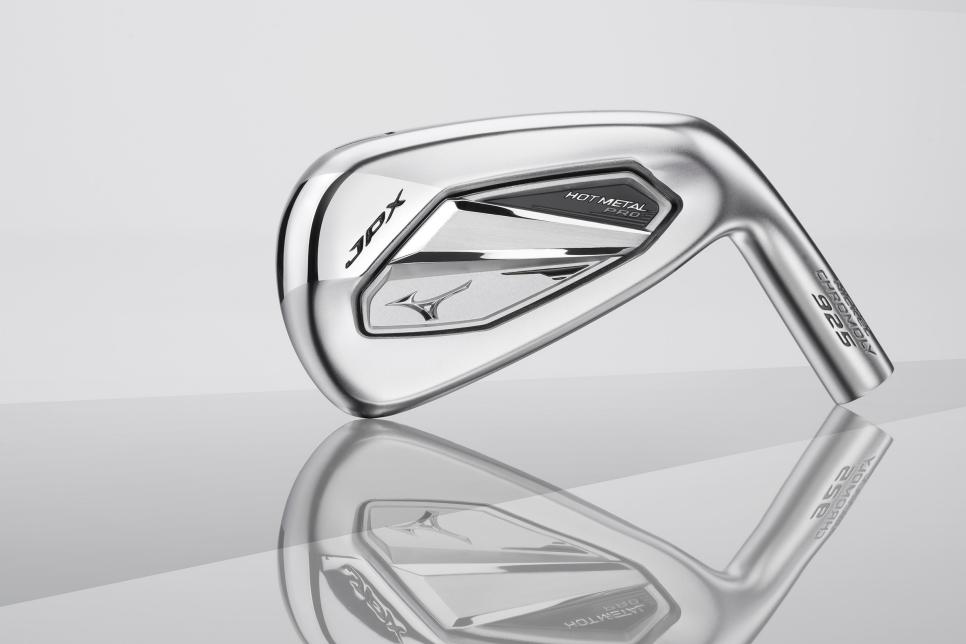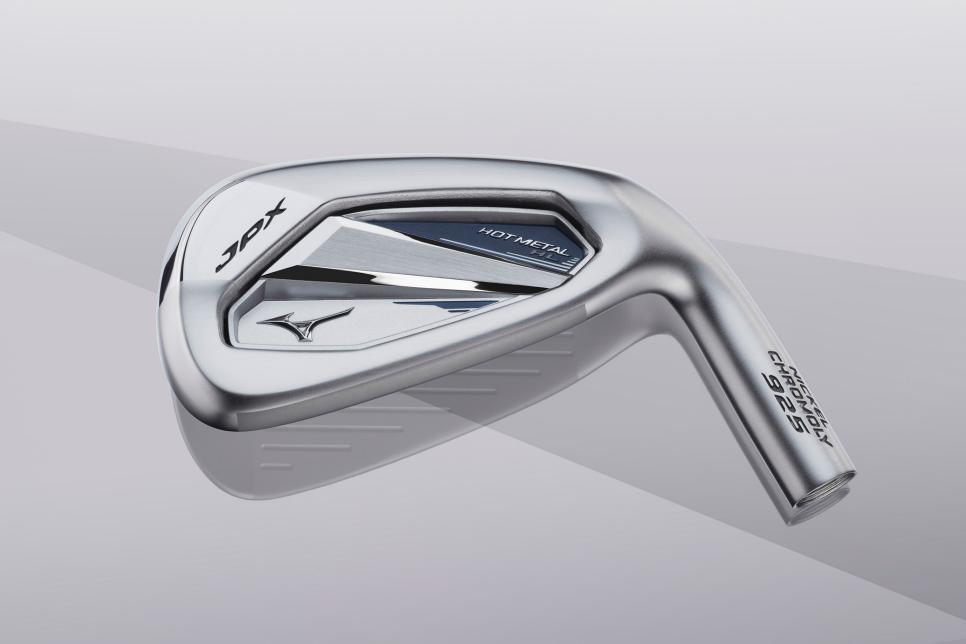Mizuno JPX925 irons and Fli-Hi: What you need to know – Australian Golf Digest

- by Admin
- August 19, 2024

What you need to know: Introducing three sets of irons at one time – along with a specialty set of iron-replacement hybrids to boot – can be a chore to convey that each has its place. But that’s precisely what Mizuno has done with its next iteration of its JPX925 Hot Metal lineup.
The three branches of the JPX925 family run the gamut from a better-player Pro model to a meat-of-the-market game-improvement model along with an easier-to-hit, higher-launching HL version.
Although each serves a different audience, the trio of irons share many of the same base technologies, including a multimaterial clubhead (a first for the JPX line), ultra-strong Chromoly steel to make the faces thinner and faster-flexing and mass saving that allows for the first time in the JPX lineup the use of tungsten weighting.
Price/Availability:
$299 ($NZ309) per club for all three models. Available in stores September 20.
3 Cool Things
1. The Middle Ground Aimed at the bulk of the iron market, the JPX925 Hot Metal has a new face design on the 4- through 8-irons that is 30 percent thinner at its thinnest point, a slim 1.2 millimetres on the low heel and high toe (compared to 1.75mm thinnest in JPX923). The cupface (in which part of the face wraps around the topline and sole) enhances centre ball speed and ensures speed retention throughout the hitting area.
The face is not the only hero, however. Tungsten (11 grams) positioned low in the 4- through 7-irons is brazed to the steel body and helps up moment of inertia to mitigate the loss of ball speed on off-centre strikes while also promoting a higher launch with a lower sweet spot, producing a steeper landing angle. A variable-thickness sole also is employed. That helps promote face flex, especially on shots struck low on the face, where the majority of iron impacts occur.
“Two things with the tungsten: it allows us to focus the weight where we need it in terms of launch and spin, but also it allows us to free up more of the soul of the iron to flex,” said David Llewellyn, director of R&D for Mizuno USA. “So it’s kind of like a dual purpose there.”
Things likely to go unnoticed but valuable to this target audience are tweaked lofts in the 7-iron through pitching wedge to provide more consistent gapping and more upright lie angles to foster slightly more draw bias. As more consumers are drawn to set wedges for their gap and, sometimes, sand wedges, the JPX925 Hot Metal offers those options as well. But the enhanced face design is the main development to create new opportunities, Llewellyn said, noting that the face is not a separate piece like in some other designs. The JPX line’s approach has been to get the performance of a separate face with the benefits of a single-piece construction.
“We have been working to completely reengineer the geometry of the face,” he said, noting with scorelines the face gets as thin as less than a millimetre. “We have been looking at simulations of where the peak stresses are on the face and adding thickness behind those areas that need reinforcement. But now we’re looking at the typical mishit pattern and engineering more of an overall trampoline effect with a thicker section in the middle and very thin sections at the extremes.
“Not having a weld line (like you have with a separate face insert) allows us to do things like using the variable sole thickness to make the sole more flexible on the toe and the heel and reach the durability threshold in the centre.”

2. Feel like a Pro The JPX925 Hot Metal Pro is a slimmed down version of the standard Hot Metal and boasts similar technologies, although employed in a slightly different manner. The challenge is to create the same idea of a flexible face in a more compact area. Essentially, the goal is to balance speed with the workability that this better player might prefer.
“By using a multimaterial design and incorporating tungsten into our nickel chromoly designs, we enhance distance with increased height and spin,” Llewellyn said. “We’ve got what we call the C.O.R. area on the Pro to be extremely competitive with larger models on the market. Also, you could see through the years how we went from a balanced look to a very toe-weighted look. So we wanted to pull back on the centre of gravity and almost like kind of reset it in terms of the distance from the shaft axis, which kind of leads to better workability. Moving the centre of gravity more than a millimetre towards the heel is pretty substantial, but we didn’t lose any MOI.”
Other features of the Pro model include bringing back the company’s “triple-cut sole” design with a bevelled leading edge, high bounce and trailing edge grind to make entering and exiting the turf easier. Additionally, less weight in the toe helps centre the CG – a desirable trait for better players who tend to strike the ball in that location. The topline is also part of the face forging, helps deliver a pleasing sound along with internal sound ribs.
Because better players want choices, 63 iron shafts are available via the company’s fitting cart. Further, the stock graphite offering is Mitsubishi’s impressive MMT iron shaft, which the company is offering at no upcharge “we feel iit’s a great thing for the consumer to not have to base a shaft decision on price,” said Bill Price, Mizuno’s director of custom fitting.

3. Help is on the way We won’t regurgitate all the tech benefits that are used in the previous two models that are instituted here (thin face, tungsten weighting, etc.) but the specs on the JPX925 Hot Metal HL are worth paying attention to. Although talking about lofts is not sexy, fact is Mizuno used its data gathered from its hallmark shaft optimiser to determine that this target audience, most often slower swingers, had difficulty achieving sufficient height on irons shots. Hence, the lofts on these iron are up to three degrees weaker the standard and Pro model.

The JPX925 lineup also goes one step further in answering the height challenge by updating its Fli-Hi hybrids, which are offered only as a replacement for long and even mid irons at no upcharge.
The Fli-Hi hybrids combine a 17-4 steel face with a 431 stainless-steel body. Doing so not only provides ample ball speed but allows the hosel to be bent for adjustability. A “wave” sole slot allows the lower portion of the face to flex at impact while a blunted leading edge creates the ability for the club to get through the turf more efficiently.

The JPX925 Fli-Hi will be available in four lofts, replacing 4-iron through 7-iron (19, 22, 25 and 28 degrees).
The Latest News
-
January 10, 2025’Worst time in my life’: World No. 2 opens up on drugs ban ahead of Australian Open
-
January 10, 2025Emma Raducanu dismisses fitness concerns in optimistic Australian Open verdict
-
January 10, 2025Emma Raducanu avoids drugs test concern just days before Australian Open after flare up
-
January 10, 2025Medvedev vying to steal two titles off young guns
-
January 10, 2025Not-so-new kid on the block: ‘mature’ Litchfield set for Ashes | cricket.com.au





